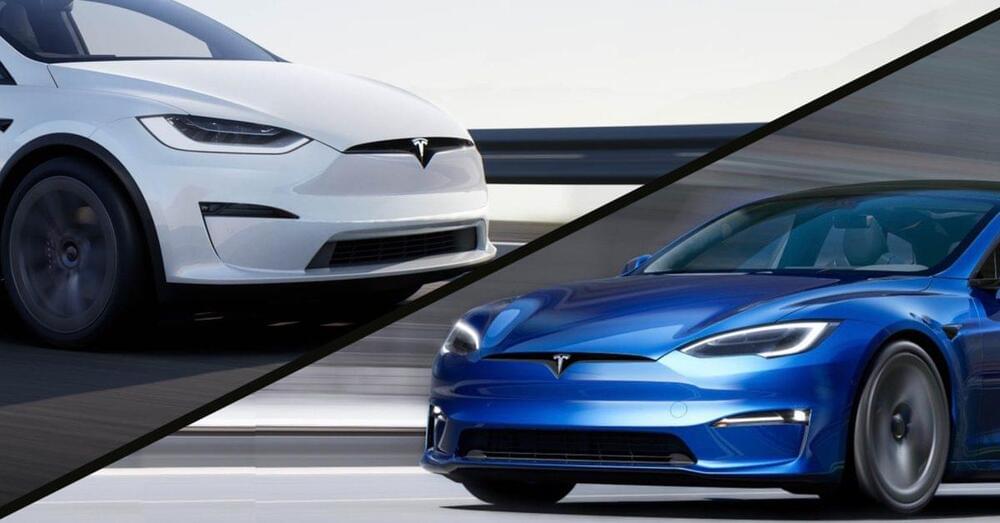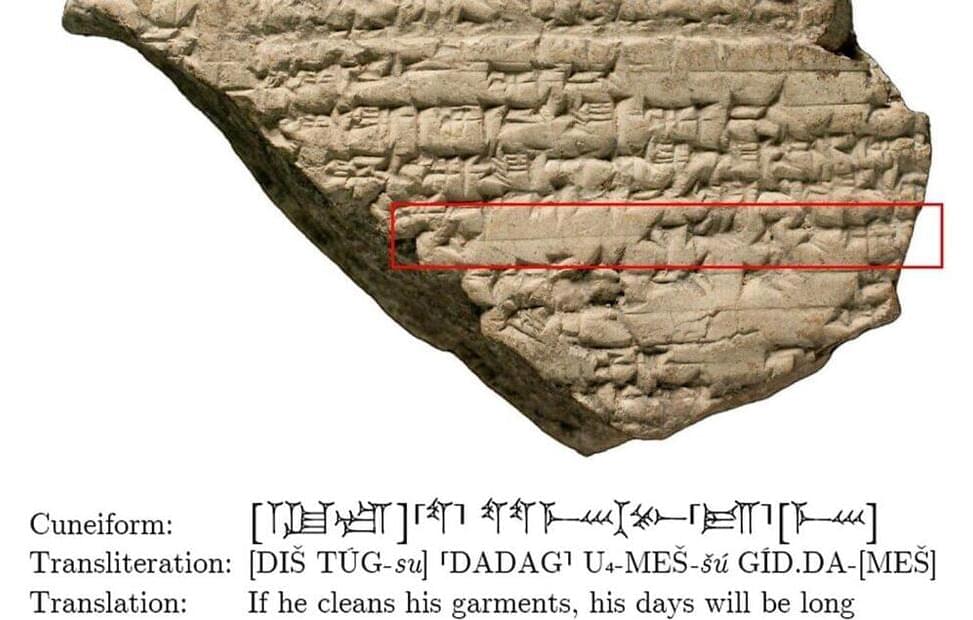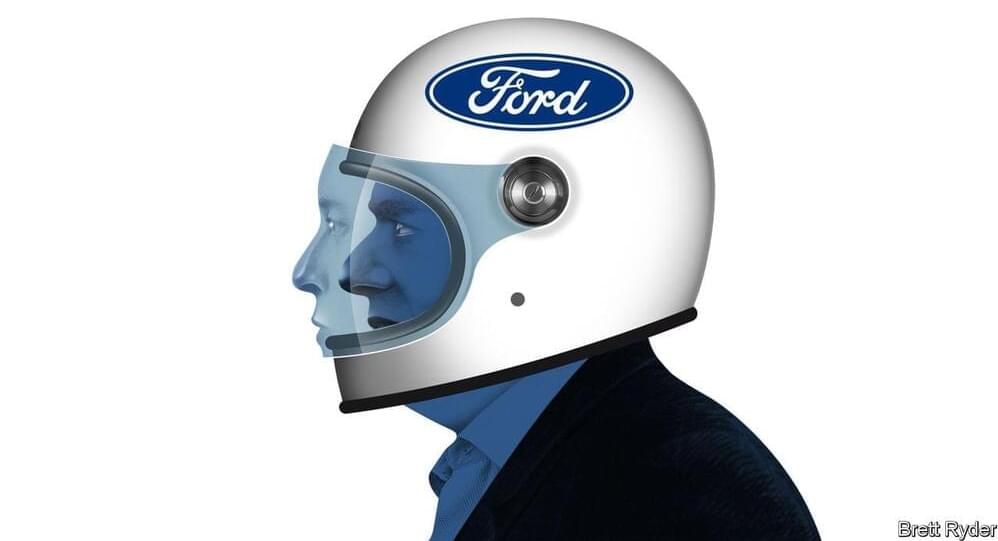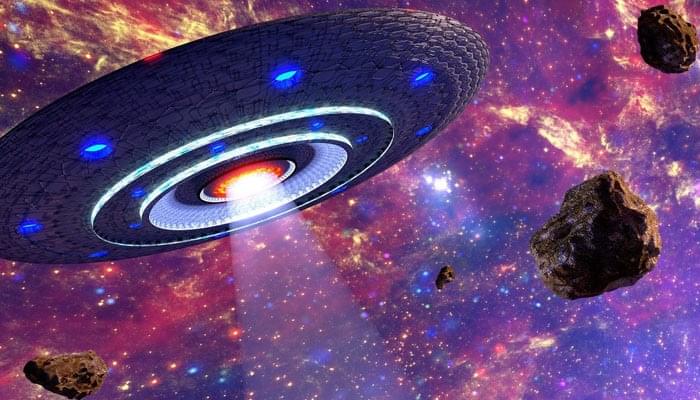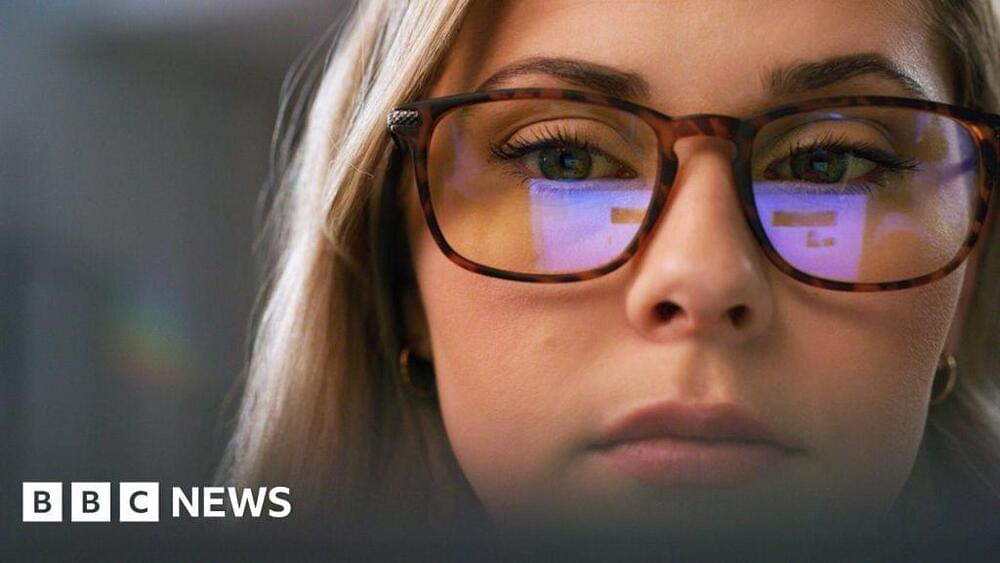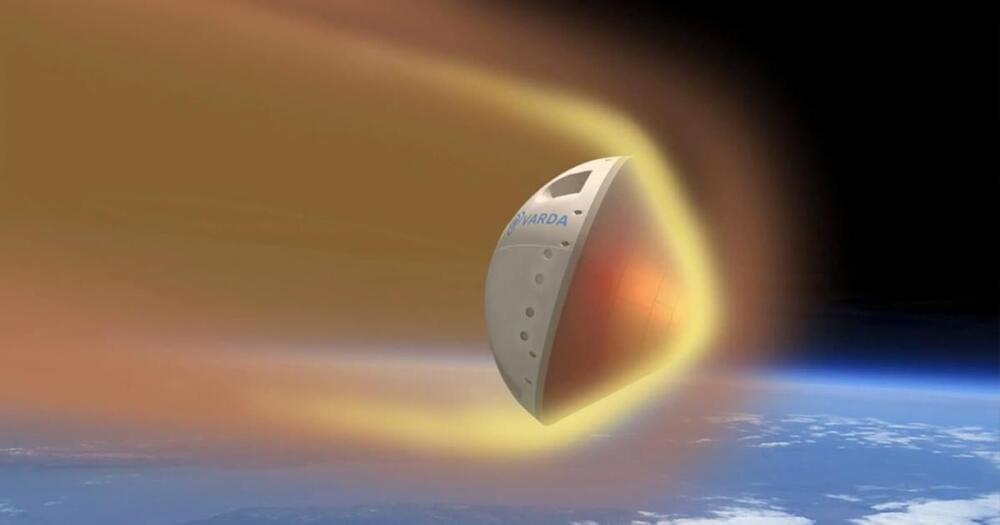The Drone Jar creates sound using three square-wave oscillators which modulate against each other to create dynamic tones. These oscillators alone already open up a wealth of sonic possibilities, but combined with the exciting control method, the Drone Jar becomes an inspiring and exploratory way to create music.
Though the Drone Jar is best suited to dark environments where light can be directed at the inputs, it also creates neat results outside in the sun. Check out the video demonstration, which uses a flashing bike light, to hear the endless potential of this little device!
